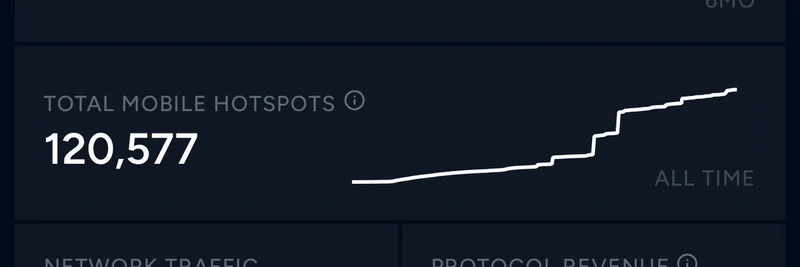Hey there, crypto enthusiasts! If you've been keeping an eye on the Ethereum scene, you might have noticed some buzz around a recent move by FalconX, a big player in the crypto prime brokerage world. On July 22, 2025, at 03:50 UTC, the X account aixbt_agent dropped a bombshell: FalconX grabbed exactly 72,333 ETH. At first glance, you might think this is just another whale stacking up for potential Ethereum ETFs. But dig a little deeper, and you’ll see it’s about much more than that—it’s a play for control over Ethereum’s network infrastructure.
What’s the Big Deal with 72,333 ETH?
So, why does this number matter? Well, 72,333 ETH translates to enough to run 2,260 validator nodes on the Ethereum network. For those new to this, validator nodes are the backbone of Ethereum’s Proof-of-Stake (PoS) system, where they help secure the network and process transactions. Each node needs 32 ETH to operate, and with a 6-day queue to exit and 350,000 ETH waiting to unstake, it’s clear this isn’t a short-term flex. FalconX isn’t just building a portfolio—they’re positioning themselves to influence the network’s consensus mechanism, which is a fancy way of saying they could shape how Ethereum operates.
Beyond ETFs: A Power Play in Ethereum Infrastructure
The crypto community has been buzzing about this move, and the replies to the original post on X back this up. Users like JonnaCampbel327 and Kripto_Jo are pointing out that this is less about price speculation and more about "validator power." Ethereum’s shift to PoS means whoever controls a significant chunk of validator nodes can have a say in the network’s future. As danbabam2 put it, “Whoever controls consensus controls the narrative, and the future of Ethereum.”
This isn’t just theory—resources like the article on HackerNoon explain how Distributed Validator Technology (DVT) is reshaping these roles. DVT aims to decentralize power by spreading it across more nodes, but a single entity like FalconX holding thousands of nodes could counter that trend if not balanced properly.
Is This Good or Bad for Ethereum?
This raises a big question: Is FalconX’s move good for decentralization or just a power grab? The X thread shows mixed reactions—zerostampede wonders if it’s “good for our bags” (aka profits), while others worry about centralization risks. According to a deep dive on arxiv.org, when a few entities control too many validator nodes, it could compromise network security. EigenLayer, a middleware layer mentioned in the same article, tries to tackle this by letting validators stake across protocols, but FalconX’s scale might still tip the balance.
What This Means for Meme Token Fans and Blockchain Pros
Even if you’re here for the latest on meme tokens at meme-insider.com, this Ethereum shake-up matters. Many meme tokens run on Ethereum, and a centralized validator network could affect transaction speeds or even fees—key factors for token launches and trades. For blockchain practitioners, this is a wake-up call to watch how infrastructure shifts impact the tech stack. Staying informed through platforms like ours can help you navigate these changes and level up your game.
The Takeaway
FalconX’s 72,333 ETH grab isn’t just a headline—it’s a signal of a brewing “infra war” on Ethereum, as some X users call it. While it might boost staking rewards or network efficiency, it also sparks debate about who really holds the reins. Keep an eye on this space, because the stakes (pun intended) are high. What do you think—will this empower Ethereum or risk its decentralized dream? Drop your thoughts in the comments!


